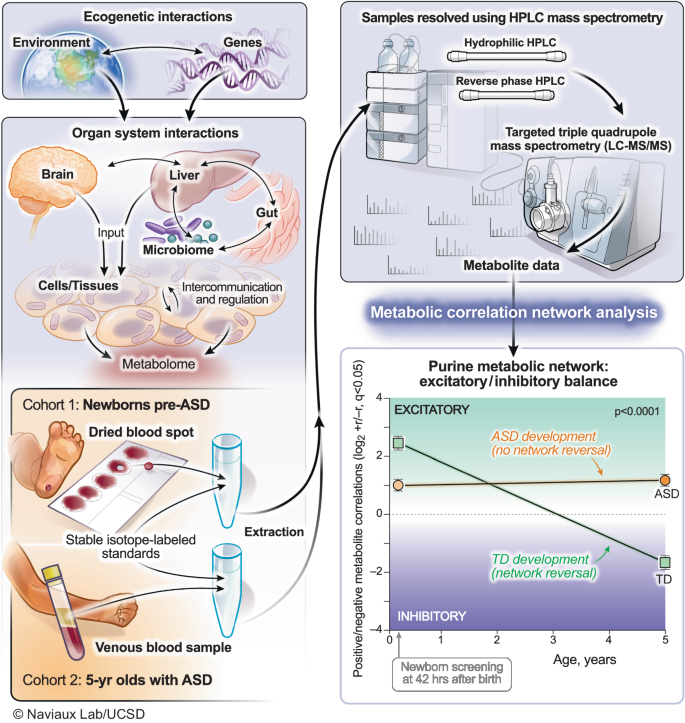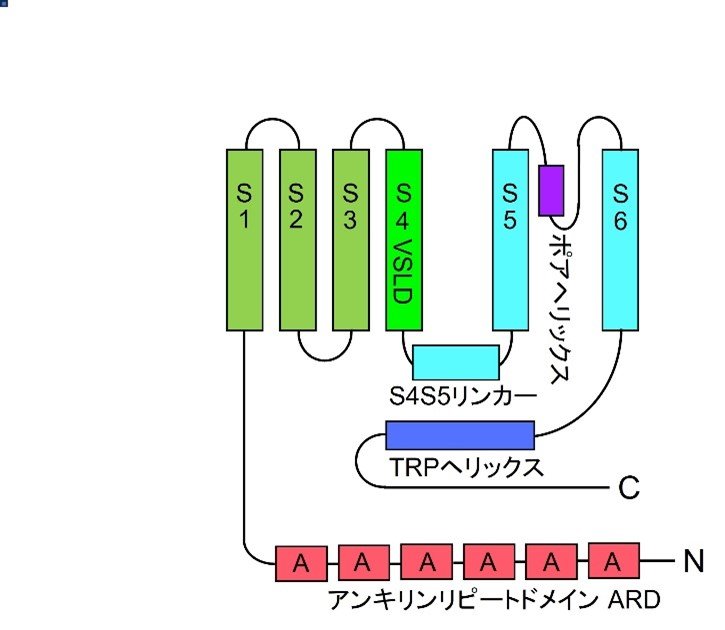2024-05-10 カリフォルニア大学サンディエゴ校(UCSD)
<関連情報>
- https://today.ucsd.edu/story/metabolism-of-autism-reveals-developmental-origins
- https://www.nature.com/articles/s42003-024-06102-y
ASD予備軍の新生児と5歳の自閉症スペクトラム児の代謝ネットワーク解析 Metabolic network analysis of pre-ASD newborns and 5-year-old children with autism spectrum disorder
Sai Sachin Lingampelly,Jane C. Naviaux,Luke S. Heuer,Jonathan M. Monk,Kefeng Li,Lin Wang,Lori Haapanen,Chelsea A. Kelland,Judy Van de Water & Robert K. Naviaux
Communications Biology Published:10 May 2024
DOI:https://doi.org/10.1038/s42003-024-06102-y

Abstract
Classical metabolomic and new metabolic network methods were used to study the developmental features of autism spectrum disorder (ASD) in newborns (n = 205) and 5-year-old children (n = 53). Eighty percent of the metabolic impact in ASD was caused by 14 shared biochemical pathways that led to decreased anti-inflammatory and antioxidant defenses, and to increased physiologic stress molecules like lactate, glycerol, cholesterol, and ceramides. CIRCOS plots and a new metabolic network parameter,V˙net, revealed differences in both the kind and degree of network connectivity. Of 50 biochemical pathways and 450 polar and lipid metabolites examined, the developmental regulation of the purine network was most changed. Purine network hub analysis revealed a 17-fold reversal in typically developing children. This purine network reversal did not occur in ASD. These results revealed previously unknown metabolic phenotypes, identified new developmental states of the metabolic correlation network, and underscored the role of mitochondrial functional changes, purine metabolism, and purinergic signaling in autism spectrum disorder.


